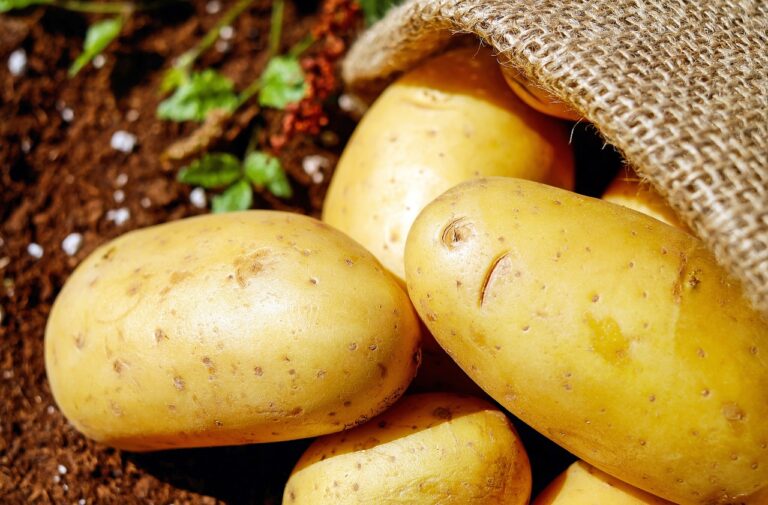The Role of Food Industry in Promoting Gender Equality and Women’s Empowerment in Agriculture
In the realm of agriculture, women play a significant role in different aspects of crop cultivation and livestock management. Despite their essential contributions, women encounter various challenges that impede their progress and success in this field. One notable challenge is the limited access to land ownership and control, which restricts women from making independent decisions about agricultural activities and investments. This lack of land ownership not only hinders their ability to expand their farming operations but also undermines their financial independence and bargaining power within the agricultural sector.
Moreover, women in agriculture often face inadequate access to essential resources such as credit, inputs, and technology. The lack of access to credit constrains women farmers from investing in modern farming techniques, purchasing quality inputs, and expanding their production capacities. Similarly, limited access to agricultural inputs and technology further exacerbates the challenges faced by women, restricting their ability to enhance crop yields and overall productivity. This disparity in resource access not only hampers the economic empowerment of women in agriculture but also diminishes the sector’s overall potential for growth and development.
Gender Disparities in Access to Resources
Access to resources in the agricultural sector can play a pivotal role in the success of farmers, yet gender disparities persist in this crucial aspect. Women often face challenges in gaining access to land, credit, technology, and training compared to their male counterparts. Limited access to these resources can hinder the ability of women to improve their agricultural practices and reduce productivity gaps between genders.
In many societies, cultural norms and discriminatory practices contribute to the unequal distribution of resources among male and female farmers. Women are frequently excluded from decision-making processes related to land ownership and management, which affects their access to crucial resources. This perpetuates a cycle of gender inequality in agriculture and limits the potential for women to fully contribute to the sector’s growth and development.
Impact of Gender Inequality on Agricultural Productivity
Gender inequality in agriculture significantly hampers the productive potential of the sector. When women lack access to resources such as land, credit, and education, their ability to fully engage in agricultural activities is restricted. This results in suboptimal yields and limits the overall output of the agricultural industry.
Moreover, the exclusion of women from decision-making processes within the agricultural domain leads to a lack of diverse perspectives and innovative approaches. This hinders the sector’s capacity to adapt to changing environmental conditions and market demands, ultimately hampering its long-term sustainability and growth.
• Gender inequality in agriculture restricts women’s access to resources such as land, credit, and education
• Suboptimal yields and limited overall output of the agricultural industry result from this lack of access
• Exclusion of women from decision-making processes leads to a lack of diverse perspectives and innovative approaches
• Hindered sector capacity to adapt to changing environmental conditions and market demands
• Long-term sustainability and growth of the agricultural industry are ultimately hampered by gender inequality
What are some challenges faced by women in agriculture?
Women in agriculture often face limited access to land, credit, and other productive resources, as well as unequal opportunities for education and training.
How do gender disparities in access to resources impact agricultural productivity?
Gender disparities can lead to inefficiencies in agricultural production, as women may not have the same access to resources and technology as men. This can result in lower yields and overall productivity on farms.
What are some ways to address gender inequality in agriculture?
Some strategies to address gender inequality in agriculture include promoting women’s access to land, credit, and other resources, providing training and support for women farmers, and promoting gender-sensitive policies and programs.
How does gender inequality in agriculture affect food security?
Gender inequality can contribute to food insecurity by limiting women’s ability to participate fully in agricultural production and decision-making. This can result in lower household food production and less food available for consumption.
What role can policymakers play in addressing gender inequality in agriculture?
Policymakers can help address gender inequality in agriculture by promoting policies that support women’s access to resources, education, and training, as well as by implementing gender-sensitive programs and initiatives in the agricultural sector.



